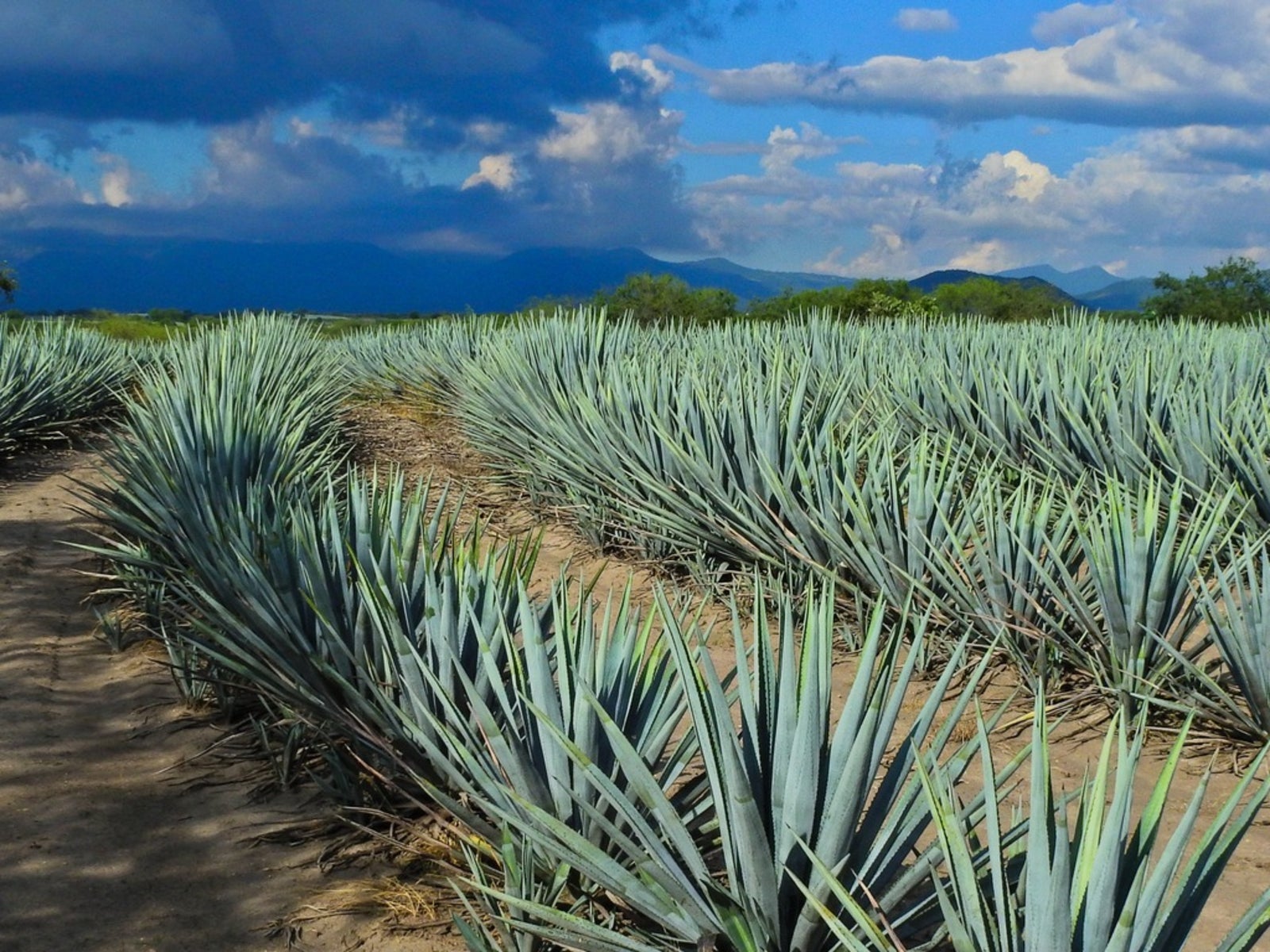Managing Root Rot In Agave – How To Treat Agave Root Rot


Root rot is a common disease in plants that is usually caused by poor drainage or improper watering. While more common in potted plants, root rot can also affect outdoor plants. Desert plants like succulents, cacti, and agave are especially susceptible to root rot if they are planted in the wrong conditions. Continue reading to learn more about managing root rot in agave.
What is Agave Root Rot?
Agave, also commonly called century plant, is a desert plant native to Mexico. It grows best in dry conditions in full sun. Too much shade or soil that is too moist and drains poorly can cause the plant's roots to rot. Weather fluctuations, such as unusually cold and rainy periods followed by extreme heat and humidity, can also contribute to root rot. Agave is hardy in zones 8 to 10. They have been known to survive temperatures down to 15 degrees F. (-9 C.) but when exposed to freezing temperatures, the plant will be damaged by frost in just a few hours. Weakened, damaged plant tissues become a perfect host for fungal and bacterial diseases and pests. Then as the earth heats up and humidity fills the air, fungal diseases quickly grow and spread. Since roots are under soil, root rot may go undetected until the whole plant tips over from having no roots to anchor it in place. Bacterial crown and root rot can also be common in agave, caused by the agave snout weevil. The adult agave snout weevil chews on the lower parts of the agave plant, injecting the plant tissues with bacteria as it chews, which causes them to rot. It then lays its eggs in the rotting tissue and, when hatched, the agave snout weevil larvae feed on the rotting crown and roots.
Alleviating Root Problems of Agave Plants
Agave root rot symptoms may include a generally unhealthy appearance of the plant, lesions around the plant crown, tipping over of the plant, and roots that are gray/black and slimy. If caught before the entire root system has rotted, you can dig up the plant, remove all soil from the roots, and cut off all the rotted parts. Then treat the plant and roots with a fungicide such as thiopanate methyl or neem oil. Move the plant to a different location with full sun and well-draining soil. Pumice can be mixed in with the soil for better drainage. If the roots have all rotted, all you can do is discard the plant and treat the soil with a fungicide to prevent the fungal disease from spreading to other plants. To prevent agave root rot in the future, remember agave is a desert plant. It needs full sun and should be planted in an area that tends to be dry, like a rock garden.
Sign up for the Gardening Know How newsletter today and receive a free copy of our e-book "How to Grow Delicious Tomatoes".

Darcy is a former contributor to Gardening Know How. She is a professional landscape designer and gardening writer with experience in plant sales. An avid gardener, Darcy has a passion for sharing practical tips to help others grow.